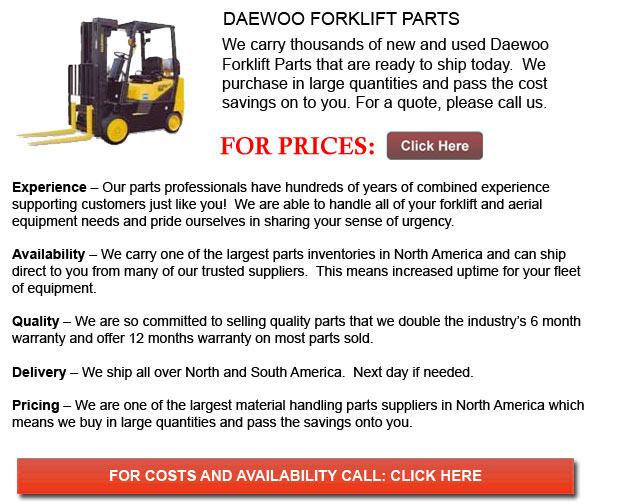
Daewoo Forklift Parts - Kim Woo-Jung, the son of the Provincial Governor of Daegu, founded the Daewoo group during March of the year 1967. He first graduated from the Kyonggi High School and afterward went onto the Yonsei University in Seoul where he completed a Degree in Economics. Daewoo became one of the Big Four chaebol within South Korea. Growing into a multi-faceted service conglomerate and an industrial empire, the business was well-known in expanding its worldwide market securing several joint projects worldwide.
In the 1960's, the government of Park Chung Hee began to encourage the growth and development in the country after taking office at the end of the Syngman Rhee government. Exports were promoted in addition to increasing access to resources and financing industrialization to provide protection from competition from the chaebol in exchange for political support. Firstly, the Korean government initiated a series of 5 year plans wherein the chaebol were needed to accomplish a series of particular basic aims.
When the second 5 year plan was applied, Daewoo became a major player. The company significantly profited from government-sponsored cheap loans that were based on potential proceeds earned from exports. At first, the company focused on labor intensive clothing industries and textile that provided high profit margins. South Korea's big labor force was the most important resource within this plan.
The time period between 1973 and 1981 was when the third and fourth 5 year plans happened for the Daewoo Business. Through this era, the country's workers was in high demand. Korea's competitive edge started eroding as competition from different countries began to occur. In response to this change, the government responded by concentrating its effort on mechanical and electrical engineering, construction efforts, petrochemicals, military initiatives and shipbuilding.
In the long run, Daewoo was forced into shipbuilding by the government. Though Kim was hesitant to enter the industry, Daewoo quickly earned a reputation for manufacturing competitively priced oil rigs and ships.
All through the subsequent decade, Korea's government became more open-minded in economic policies. As the government loosened protectionist import restrictions, reduced positive discrimination and encouraged private, small companies, they were able to force the chaebol to be a lot more aggressive overseas, while encouraging the free market trade. Daewoo successfully established numerous joint projects with American and European businesses. They expanded exports, semiconductor design and manufacturing, machine tools, aerospace interests, and several defense products under the S&T Daewoo Company.
In the end, Daewoo started building civilian helicopters and airplanes that were priced much less expensive compared to those made by its U.S. counterparts. The company expanded their efforts in the automotive industry. Remarkably, they became the 6th largest car maker in the world. Throughout this time, Daewoo was able to have great success with reversing faltering companies within Korea.
During the 1980s and the early 1900s, the Daewoo Group expanded into various other sectors comprising buildings, telecommunication products, computers, consumer electronics and musical instruments such as the Daewoo Piano.
![]() Click to Download the pdf
Click to Download the pdf
Forklift Parts
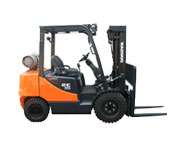
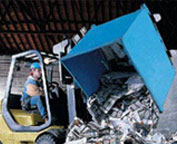
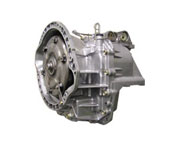
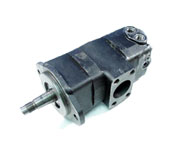
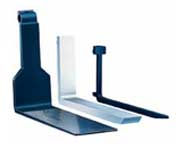
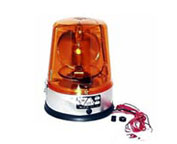
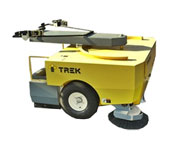
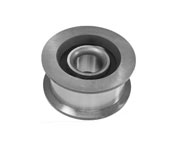
Lift Parts Express
TOLL FREE: 1-888-695-7994
Albany, New York
forkliftpartsalbany.com
Email Us
About Us


